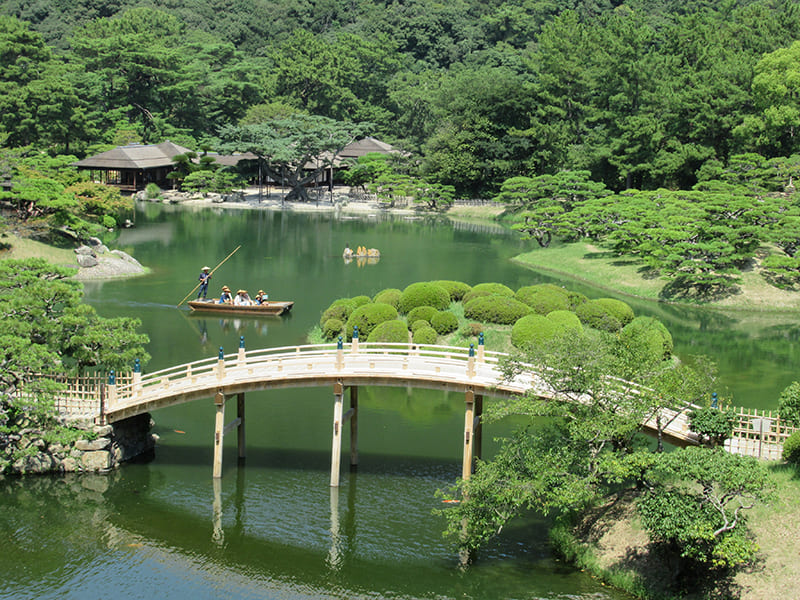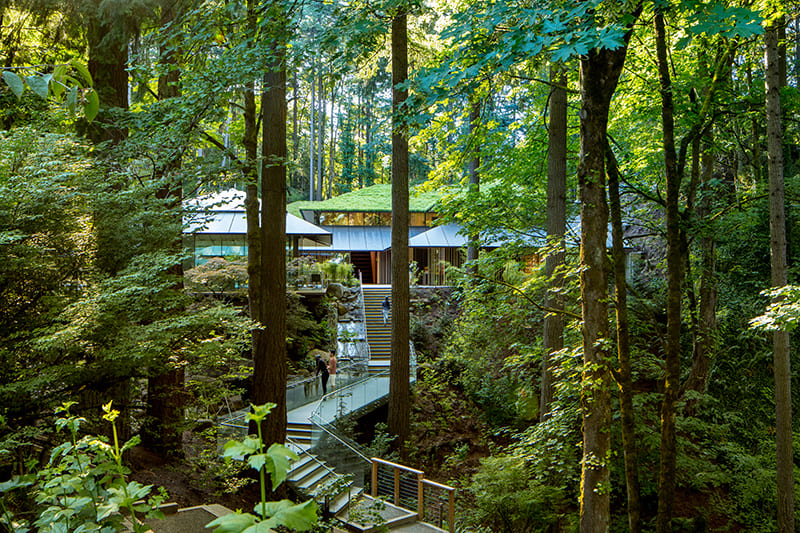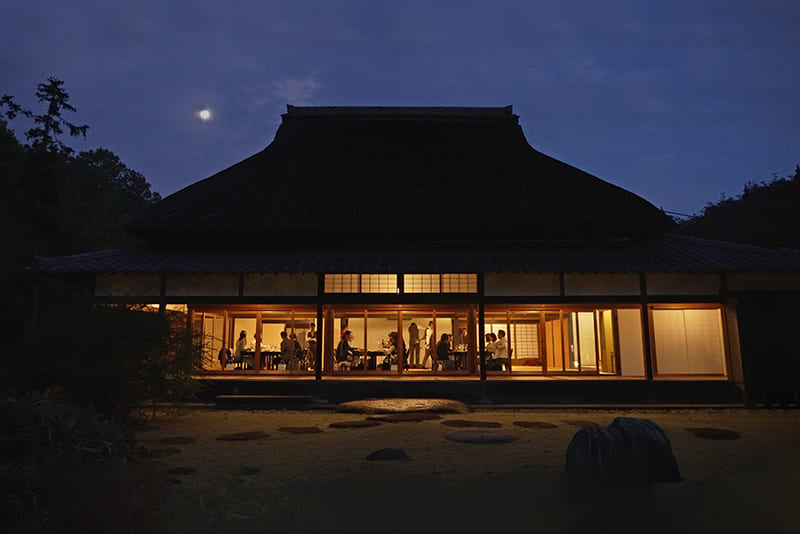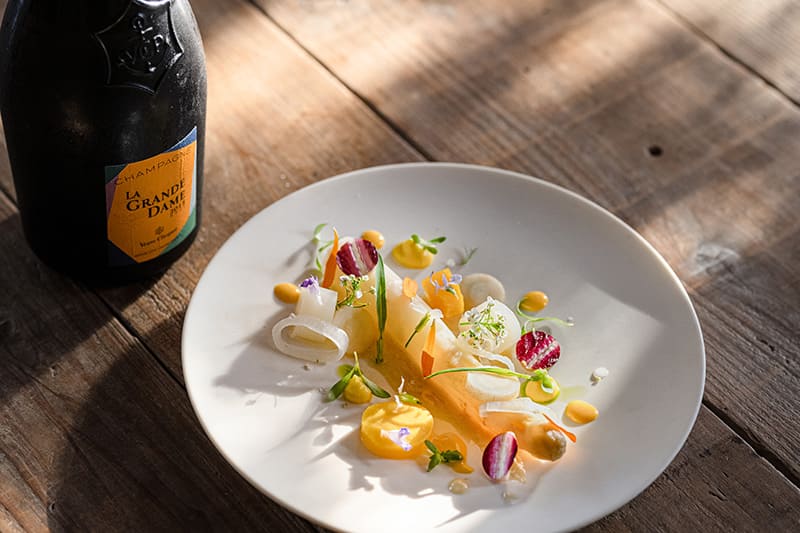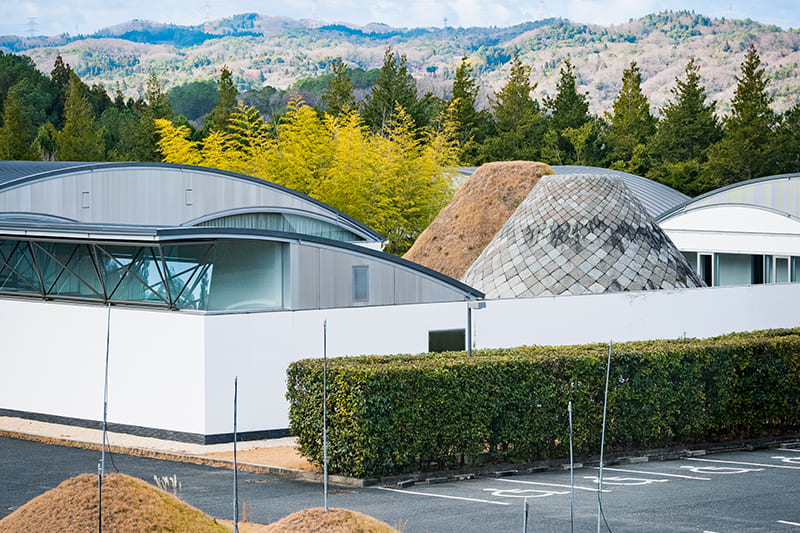July 26, 2024
Vol. 38: FROM THE EDITOR

Japanese gardens vary in scale and taste. Some are kaiyūshiki gardens with a large pond in the center, while others are karesansui, which are dry and use stones to represent the flow of water. Either way, at the heart of all Japanese gardens there is a unique sense of respect for nature, or nature worship, that the Japanese have cherished since ancient times. When I view a Japanese garden, I sense the spirituality of a people who have believed since time immemorial that waterfalls, mountains, stones and trees are inhabited by spirits.
Japanese gardens always have some buildings, perhaps a tea house in the traditional sukiya architectural style, and when you view the garden from inside one, the interior space feels like it is an extension of the outside, as though you were one with nature. Unlike gardens in Europe, with their straight lines and geometry and symmetry, Japanese gardens are curved and asymmetrical, as if they were mimicking the natural world.
In today’s fast-moving and high-tech world, Japanese gardens provide places of respite where we can feel at one with nature and pause for a moment to reflect on life.
Return to Sustainable Japan Magazine Vol. 38 article list page

